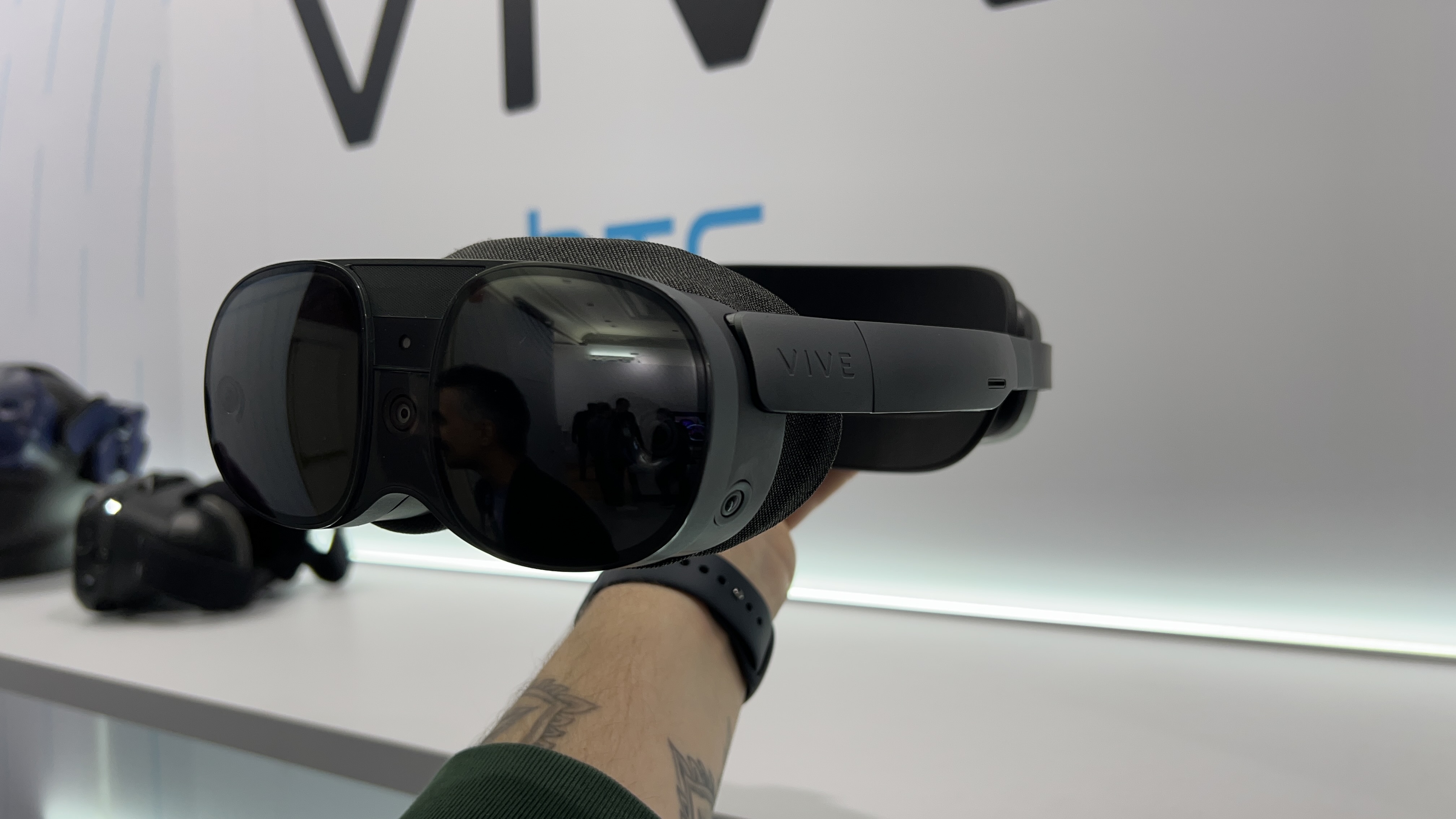Early Verdict
The HTC Vive XR Elite is the most comfortable VR headset I’ve used, and one of the most performant too. The razor sharp visuals flow effortlessly, controller and hand tracking is (mostly) accurate, and the fact these are modular and super portable (the case is only slightly bigger than a sunglasses case) makes them a very worthwhile option for users.
Pros
- +
Very comfortable to wear
- +
Gorgeous visual fidelity
- +
Easy to set up
- +
Versatile modular design
- +
Plenty of connectivity options
Cons
- -
Pretty pricey at $1,099
- -
Limited occlusion tracking
- -
Dev support unproven
Why you can trust Laptop Mag
The HTC Vive XR Elite joins a long line of VR announcements at CES 2023, but it belongs near the front of that line. Why? Because it’s easily one of the best mixed reality headsets we’ve ever used.
If you can stomach the $1,099 price tag, the space atop the mountain of pricey pro-tier headsets is getting cramped thanks to this system, which introduces new innovations in portability, AR technology, and VR capabilities.
It’s certainly not perfect, with some occlusion tracking issues and the fear of whether devs will actually provide software for the headset’s app store. However, these concerns pale in comparison to the attention to detail and considered design that makes these so good.
HTC Vive XR Elite price & availability
The HTC Vive XR Elite is available for pre-order right now at $1,099, and begins shipping in March 2023. That’s $300 less than the Meta Quest Pro, which I’m sure is making Zuck sweat.
HTC Vive XR Elite design & specs
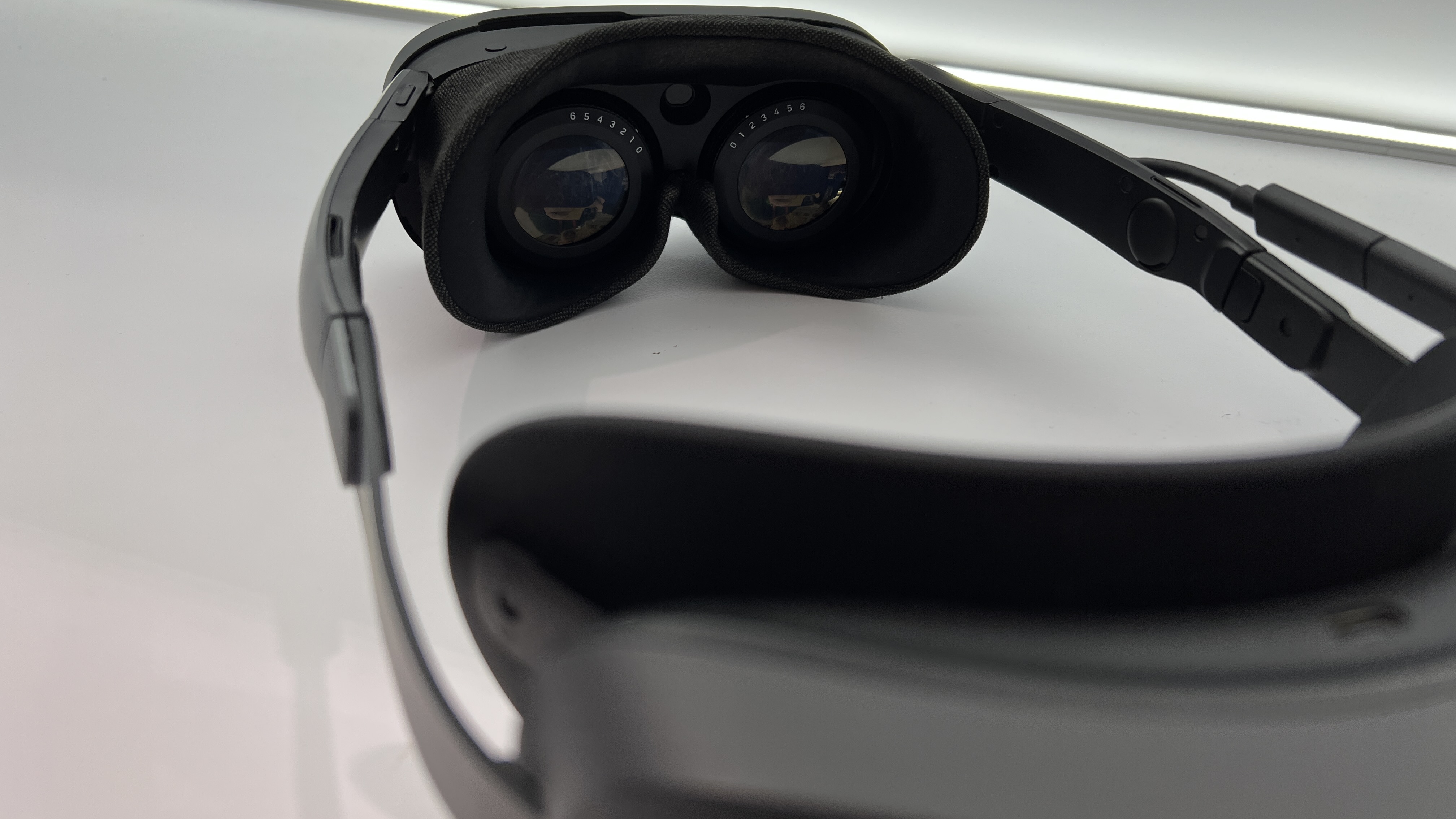
The HTC Vive XR Elite is a sleek little system with a lightweight design of just 625g with the battery attached (nearly 100g lighter than the Meta Quest Pro). But of course, the word “attached” is important here, as there is a modularity to the design that halves the weight with the battery pack detached when using the headset (meaning you can remove it and connect directly to a PC via USB-C for featherweight VR gaming).
But even with the pack attached, that weight is evenly distributed for a great, comfortable wearing experience that I’d be happy with for a long time to come. Plus, the fabric face gasket is easily removable, as it’s connected by magnets — meaning it's a cinch to switch out or clean.
And for glasses wearers, fear not! The lenses within the Vive XR Elite are also entirely adjustable too, so you don’t need a pair of specs to make the most of them.
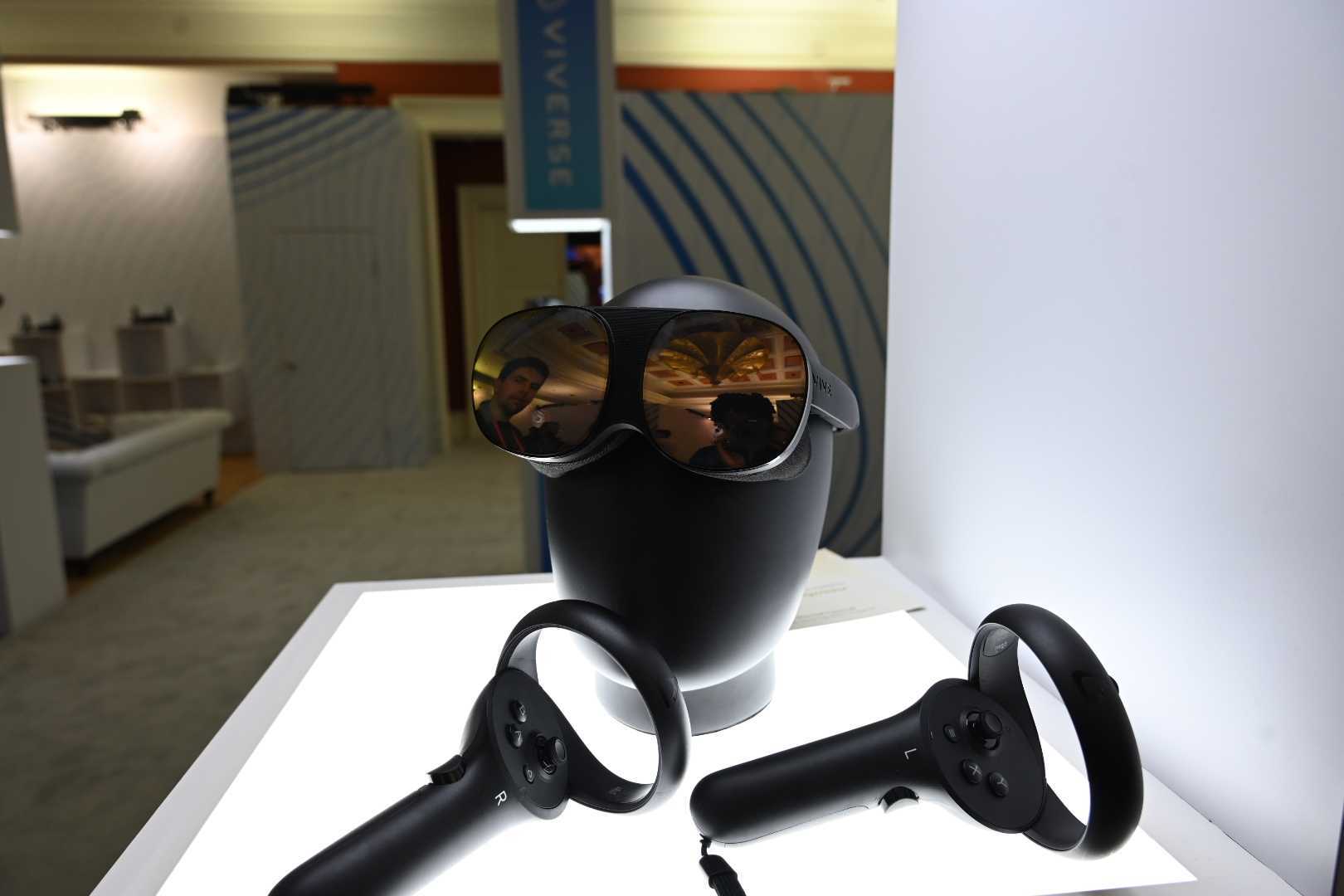
But of course, this featherweight design doesn’t mean compromises on the key specs. In the Vive XR Elite, you’re getting a wide 110-degree field of view with 4K resolution and a 90Hz refresh rate. While the refresh rate is the same as the Meta Quest Pro, HTC pips it to the post in terms of FOV and resolution. Plus, with a built-in-fine-adjustable IPD slider on the outside of the headset, you can make micro adjustments to the picture.
Alongside this, there are four wide FOV cameras, a depth sensor, hand-tracking and capacitive sensing for finger movements, for both enhanced hand-tracking and improvements to the physical controller sensing too.
As for battery life, you can expect to get up to two hours out of one charge, with support for USB-C fast charging to get back into the game quickly.
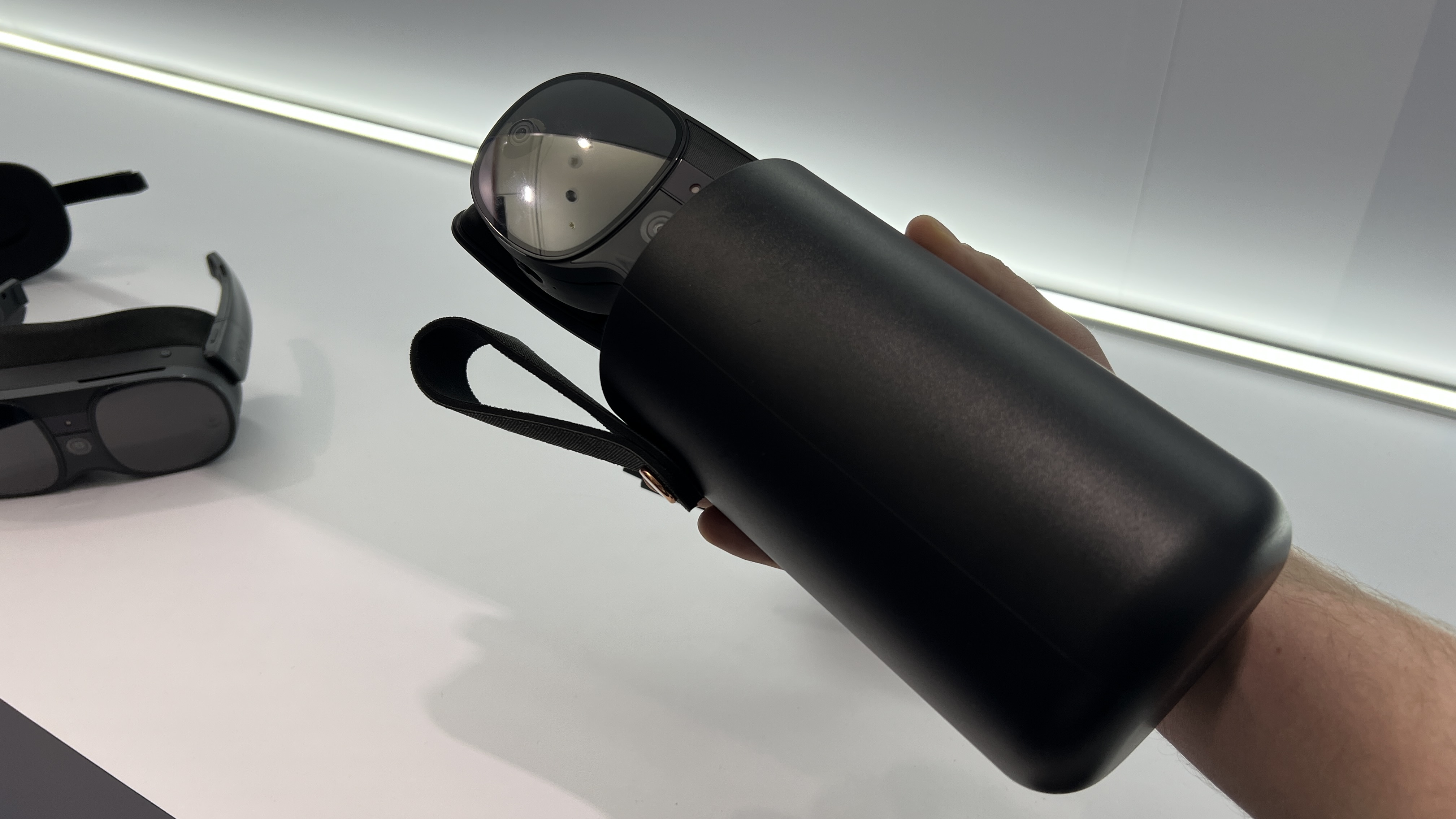
HTC Vive XR Elite gaming
We got to try four different experiences, which speak to some of the key strengths of the Vive XR Elite. First up, there was a VR maestro game, where you conduct an orchestra — think a bit like Beat Saber but with the additional wrinkle of pointing your finger at certain instrument sections, to bring the composition to life.
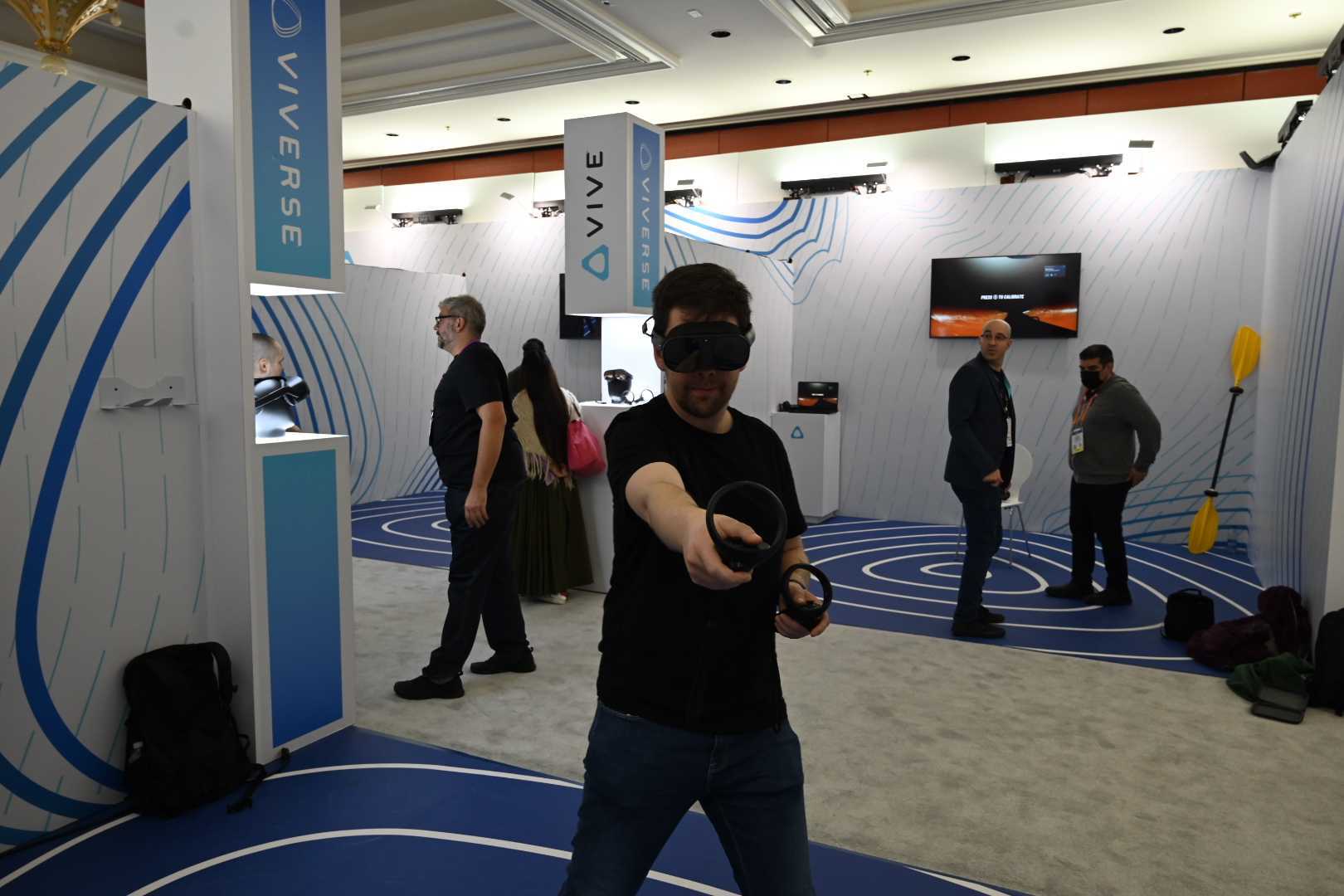
Beyond the simple motions of your conducting hand, this highlighted the precise nature of hand tracking, as you use your free hand to point at the other sections. The real-time response to finger movements is mightily impressive.
Second, a reaction test in Les Mills Body Combat. Weirdly, I managed to do pretty well in this game, given the fact that my fast reaction times disappeared a long time ago! It was a simple reaching to press the buttons kind of thing, which demonstrated the real-time response of your controllers to in-game action.
Third, we went kayaking, but in an interesting way. HTC attached some trackers onto the edges of an actual Kayak paddle, so you sat down and began to row like you would in the real situation. It’s a fascinating demo for two reasons: the game was being streamed from a gaming laptop over WiFi 6E, and this was a true test of occlusion tracking, which the Vive XR Elite had some trouble with.
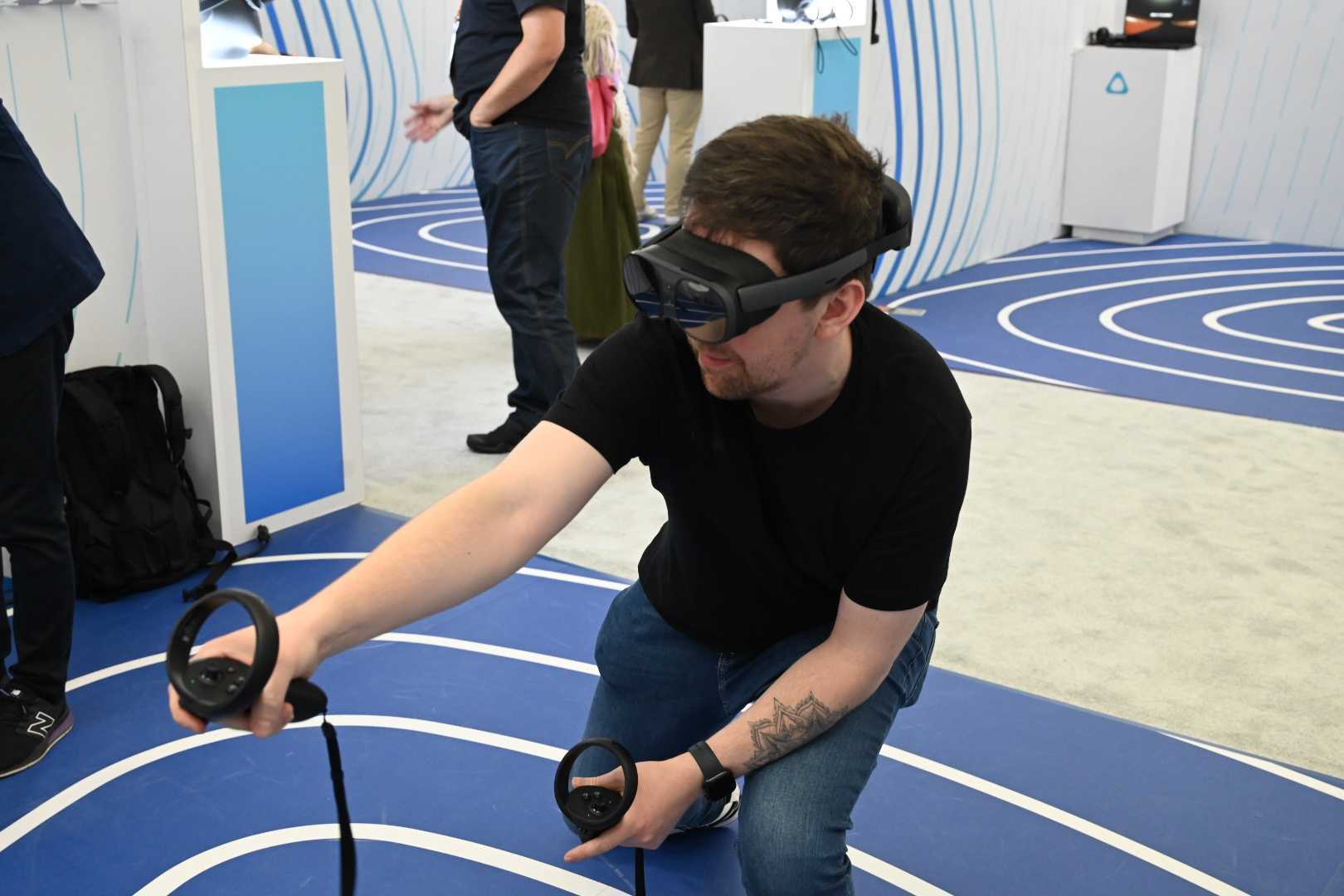
You see, to properly row, it’s all in the elbow motion, and as it gets in the way of the trackers, which the sensors on your headset need to see, it makes for problems of calibration between the paddle in real-life and in-game.
And finally, a Galaga-esque shooter that fused AR with VR for a fantastic little demo of precise control and aim. It is a fascinating world of mixed reality gaming that brings its little world to life in an innovative way that explains the mix between the two reality states in a fascinating fashion. But more importantly, it’s another showcase of the rapid real-time response of controller movement and interaction.
All of this does raise a potential issue, though. You see, HTC is bragging about 100 pieces of content being available at launch, but what about after that launch window? Meta’s super power is to be the key platform where you’ll find a ton of exclusive games and experiences, so the Vive needs to catch up fast, otherwise this may become a very expensive paperweight.
Outlook
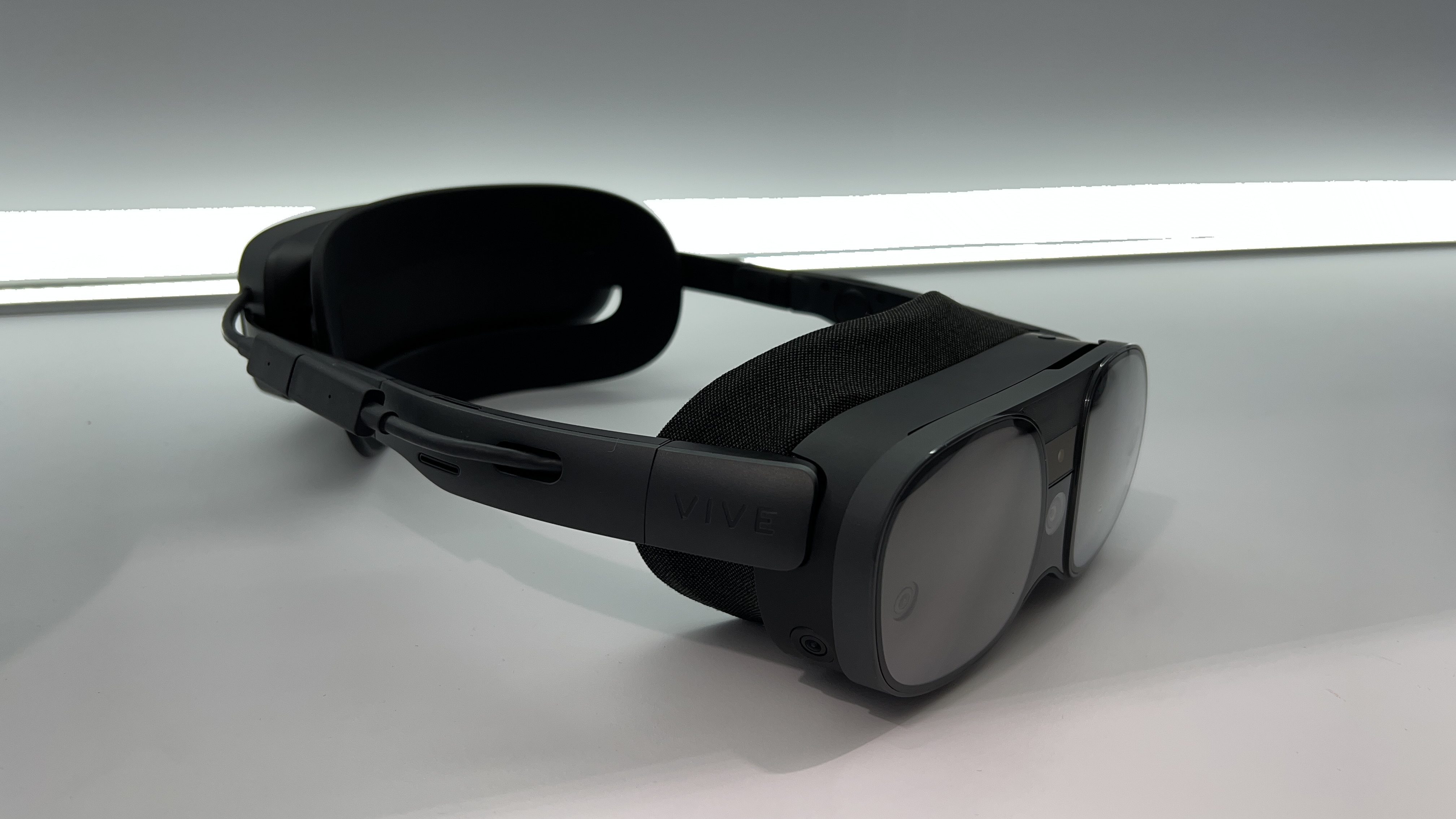
But looking at the present, it’s easy to make one conclusion: the HTC Vive XR Elite is easily the most comfortable VR headset I’ve used, and one of the most performant too.
The razor sharp visuals flow effortlessly, controller and hand tracking is (mostly) accurate, and the fact these are modular and super portable (you can put them in a case only slightly bigger than a sunglasses case) makes them a very worthwhile option for users.
Of course, that $1,099 is expensive, but at $300 less than the Meta Quest Pro, there’s a lot to get excited about here. The high-end headset market is getting really competitive, real soon!

Jason brought a decade of tech and gaming journalism experience to his role as a writer at Laptop Mag, and he is now the Managing Editor of Computing at Tom's Guide. He takes a particular interest in writing articles and creating videos about laptops, headphones and games. He has previously written for Kotaku, Stuff and BBC Science Focus. In his spare time, you'll find Jason looking for good dogs to pet or thinking about eating pizza if he isn't already.
